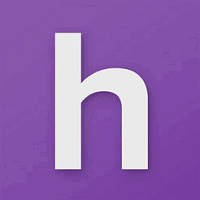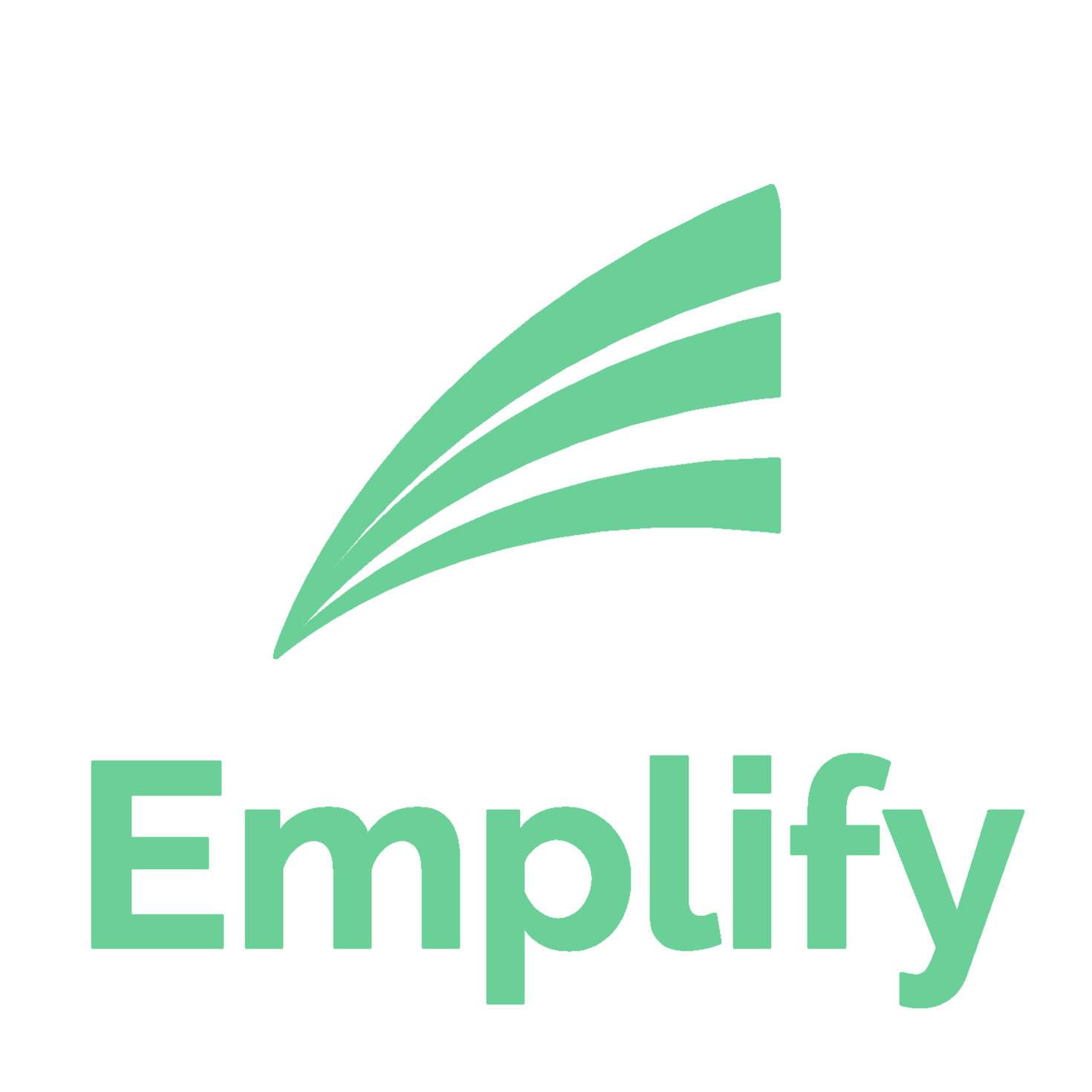Description

Homebase

PlanSource
Comprehensive Overview: Homebase vs PlanSource
Homebase and PlanSource Overview
a) Primary Functions and Target Markets
Homebase:
-
Primary Functions: Homebase is primarily a workforce management and scheduling tool designed for small to medium-sized businesses (SMBs). Its key features include employee scheduling, time tracking, team communication, payroll management, and hiring. Homebase aims to simplify labor management for businesses, particularly in industries that rely heavily on hourly workers, such as retail, hospitality, and food service.
-
Target Markets: Homebase targets small to medium-sized businesses that require efficient management of hourly employees. Its focus sectors include restaurants, retail stores, cafes, fitness centers, and small-scale hotels, among others.
PlanSource:
-
Primary Functions: PlanSource is an HR and benefits administration platform that helps organizations manage employee benefits, HR services, and compliance. Its core features include benefits enrollment, employee self-service portals, reporting and analytics, COBRA administration, and ACA compliance. It aims to simplify and streamline the benefits administration process for employers and their employees.
-
Target Markets: PlanSource primarily targets medium to large enterprises across various industries. It serves businesses that require comprehensive benefits management solutions, including sectors like healthcare, finance, technology, and manufacturing.
b) Market Share and User Base
While specific market share and user base figures can be elusive and vary over time, general insights are often available through industry reports:
-
Homebase: Homebase is considered a popular choice among SMBs in the United States for shift scheduling and workforce management. Its user base is widespread within its target markets, but it faces competition from other workforce management tools like Deputy, When I Work, and TSheets.
-
PlanSource: PlanSource occupies a niche in the benefits administration sector, focusing on medium to large organizations. Its market presence is more consolidated compared to smaller or generalized HR solutions, facing competition from other comprehensive HR platforms like Benefitfocus, ADP, and Workday.
c) Key Differentiating Factors
-
Functionality Focus: Homebase is primarily designed to streamline workforce management through scheduling and time tracking, beneficial to businesses with shift-based operations. In contrast, PlanSource offers more specialized solutions for benefits administration, making it suitable for organizations seeking advanced HR and benefits management tools.
-
Target Customer Size and Industry: Homebase caters mainly to the needs of SMBs, with features appealing to businesses that have hourly workers. PlanSource, however, targets medium to large enterprises, focusing on the complexities of benefits administration and compliance issues.
-
Feature Breadth vs. Specialization: Homebase offers an extensive range of features for labor management and aims to be an all-in-one solution for smaller businesses. PlanSource, while offering some HR features, is more specialized in benefits management, providing robust tools for handling employee benefits at scale.
-
Pricing and Scalability: Homebase generally offers a pricing model that is more accessible to smaller businesses, often providing free basic features with paid upgrades. PlanSource, with its focus on larger enterprises, typically involves more complex pricing structures aligned with enterprise-level support and features.
In conclusion, Homebase and PlanSource serve distinct business needs within the HR and workforce management landscape. Homebase provides an accessible, user-friendly approach suited for SMBs needing to manage hourly workers, while PlanSource offers a more complex, benefits-focused solution for larger businesses requiring detailed benefits administration capabilities.
Contact Info

Year founded :
1986
Not Available
Not Available
United States
Not Available

Year founded :
2008
Not Available
Not Available
United States
Not Available
Feature Similarity Breakdown: Homebase, PlanSource
When comparing Homebase and PlanSource, both platforms serve different primary purposes but can have overlapping functionalities, especially in the realm of human resources and employee management. Here's a breakdown of their feature similarities and differences:
a) Core Features in Common
-
Employee Management: Both Homebase and PlanSource allow businesses to manage employee information efficiently. They provide tools to store, update, and retrieve personnel data.
-
Time Tracking: Homebase is specifically known for its robust time tracking capabilities, but PlanSource also offers basic time-off tracking as part of its broader HR suite.
-
Scheduling: Homebase is focused on employee scheduling, making it easy to create, edit, and share schedules. While PlanSource may not emphasize scheduling as its central feature, it offers some basic scheduling functionalities, particularly as part of its time and attendance management.
-
Payroll Integration: Both platforms support integration with payroll systems, allowing for seamless transfer of workforce data, ensuring accurate and timely payroll processing.
b) User Interface Comparison
-
Homebase: Designed with small to medium-sized businesses in mind, Homebase offers a user-friendly, intuitive interface tailored to ease of navigation. The focus is on simplicity and quick access to scheduling, time tracking, and communication features.
-
PlanSource: The user interface of PlanSource tends to be more feature-rich, given its comprehensive HR, benefits administration, and compliance tools. It might appear more complex, focusing on providing a complete HR solution with detailed dashboards and comprehensive reporting tools.
c) Unique Features
-
Homebase:
- Chat and Messaging: Offers in-app communication tools that allow staff to chat, send updates, and manage work-related conversations within the app.
- Shift Swapping: Allows employees to easily swap shifts with approval workflows, providing flexibility and reducing management overhead.
-
PlanSource:
- Benefits Administration: One of PlanSource’s standout features is its extensive benefits management system, which supports open enrollment, life event management, and COBRA administration.
- Compliance Management: PlanSource provides tools and resources to help businesses stay compliant with ACA (Affordable Care Act) and other regulatory requirements.
- Analytics and Reporting: Offers advanced reporting capabilities for tracking employee benefits usage, costs, and trends, providing strategic insights for HR managers.
In summary, Homebase is particularly strong in employee scheduling and team communication for small and medium businesses, while PlanSource provides a comprehensive suite of HR services, with notable strength in benefits administration and compliance management. The choice between the two would largely depend on the specific needs of a business, whether it's more about scheduling and communication or managing benefits and compliance.
Features

Not Available

Not Available
Best Fit Use Cases: Homebase, PlanSource
Homebase and PlanSource both serve different aspects of business management, and their best-fit use cases differ based on the needs of a business or project.
Homebase
a) Best Fit for Homebase:
-
Types of Businesses/Projects:
- Small to Medium-sized Businesses (SMBs): Homebase is an ideal solution for small to medium-sized businesses that need a streamlined platform for time tracking, employee scheduling, and team communication.
- Retail and Hospitality: These industries often have variable schedules and high employee turnover, making Homebase's scheduling and time clock features very valuable.
- Restaurants and Cafes: Homebase can effectively manage shift schedules, attendance, and labor costs, which are crucial for the food service industry.
- Local Services and Small Chains: Small businesses with a few locations benefit from its ease of use and scalability without complex integrations.
-
Project Types:
- Team Management Projects: Projects that involve complex scheduling and need to track hourly work are suited for Homebase.
- Remote Workforce Management: While more focused on physical locations, Homebase can also manage shifts in remote or distributed teams effectively.
d) Industry Verticals and Company Sizes:
- Industries Served: Primarily retail, food service, hospitality, and local services.
- Company Sizes: Best for small to medium-sized enterprises (SMEs) due to its affordability, simplicity, and comprehensive scheduling features.
PlanSource
b) Preferred Scenarios for PlanSource:
-
Types of Businesses/Projects:
- Large Enterprises: PlanSource is best suited for large businesses that require robust benefits administration solutions.
- Corporations with Complex Benefits Needs: Organizations with a wide range of benefits offerings, including health insurance, retirement plans, and wellness programs.
- Multi-state Operations: Companies operating in various regions benefit from PlanSource's ability to handle compliance and regional differences in benefits administration.
-
Project Types:
- Open Enrollment and Benefits Optimization Projects: Businesses looking to streamline their employee benefits offerings and manage open enrollment processes efficiently.
- HR and Payroll Integration Projects: Ideal where seamless integration with HR and payroll systems is required, enhancing overall HR processes.
d) Industry Verticals and Company Sizes:
- Industries Served: Healthcare, finance, technology, and any industry with complex benefits needs.
- Company Sizes: Typically more suited for larger businesses that require detailed and complex benefits management, although it can be adapted for smaller businesses with comprehensive employee benefits programs.
Summary
- Homebase caters primarily to small and medium-sized businesses focusing on employee scheduling, time tracking, and team communication, particularly thriving in industries like retail and hospitality.
- PlanSource is designed for larger enterprises needing advanced benefits administration, supporting industries with complex HR and benefits requirements such as healthcare, finance, and technology.
Pricing

Pricing Not Available

Pricing Not Available
Metrics History
Metrics History
Comparing undefined across companies
Conclusion & Final Verdict: Homebase vs PlanSource
To provide a conclusion and final verdict for choosing between Homebase and PlanSource, it's essential to evaluate the key characteristics, pros, and cons of each, and to offer recommendations based on different user needs.
a) Best Overall Value
Homebase: Homebase is primarily geared towards small to medium-sized businesses looking for a straightforward and cost-effective solution for employee scheduling and basic human resources management. It is known for its user-friendly interface and affordability, making it an attractive option for companies that prioritize ease of use and budget-friendly solutions.
PlanSource: PlanSource is more comprehensive, catering towards larger enterprises that require an extensive range of HR, benefits, and payroll management features. It offers robust capabilities in benefits administration and compliance, which might be overkill but invaluable for businesses with complex HR needs.
Verdict: The best overall value depends on the size and needs of the business. For small to medium-sized businesses that need simple scheduling and time-tracking solutions, Homebase offers better overall value. Larger enterprises with complex HR and benefits requirements would find PlanSource a more suitable and valuable choice.
b) Pros and Cons
Homebase:
-
Pros:
- User-friendly interface, easy to set up.
- Cost-effective, with a free plan available.
- Strong focus on employee scheduling, time tracking, and communication.
- Ideal for small businesses and retail operations.
-
Cons:
- Limited features in HR management and benefits administration.
- Not suitable for larger enterprises with complex needs.
- May require integrations for payroll functionalities.
PlanSource:
-
Pros:
- Comprehensive HR, payroll, and benefits management solutions.
- Excellent for compliance and benefits administration.
- Scalable for large organizations with sophisticated requirements.
- Thorough reporting and analytics tools.
-
Cons:
- Can be expensive for small businesses.
- Steeper learning curve due to complexity.
- Implementation can be more time-consuming.
c) Recommendations
-
For Small to Medium Businesses: If you require a straightforward tool for scheduling and basic HR needs without the complexities of extensive HR functionalities, Homebase is recommended due to its affordability and ease of use.
-
For Larger Enterprises: PlanSource is recommended if your company needs a comprehensive solution for HR management, payroll, and benefits administration. Its robust platform is designed for scalability and managing complex HR tasks.
-
Mixed Approach or Transitioning Needs: If you're a growing business expecting to shift from basic to more advanced HR functionalities, consider starting with Homebase and plan a transition towards PlanSource as your needs evolve. Evaluate the costs and the integration capabilities of each platform during this transition.
Ultimately, the decision should be based on an assessment of your company's current size, budget, and specific HR requirements, with considerations for future growth and complexity.
Add to compare
Add similar companies




